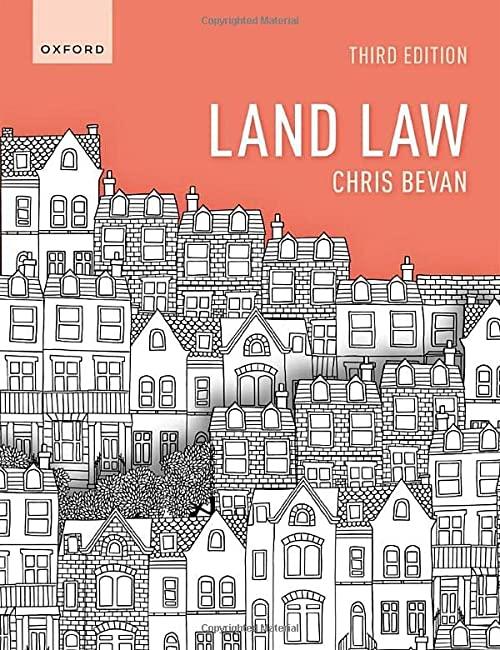Question
Consider a pure exchange economy without free disposal (i.e. agents cannot get rid of their goods) and with two commodities, j = 1, 2; and
Consider a pure exchange economy without free disposal (i.e. agents cannot get rid of their goods) and with two commodities, j = 1, 2; and two traders i = I, II. Each trader i has the consumption set R 2 + and the endowments are given by e = (eI , eII ) = ((0, 8),(10, 0)). The preference relations of traders are given by the following utility functions uI (xI,1, xI,2) = min{2xI,1 + xI,2, 3xI,2}; uII (xII,1, xII,2) = min{3xII,1 + xII,2, xII,1 + 3xII,2}. A)Characterize the set of Weakly Pareto optimal allocations and Pareto optimal allocations and core allocations. B. Characterize the demand correspondences of these traders and identify the competitive equilibrium prices and allocations. If there is none, show why. C. Determine whether or not the conclusion of the first fundamental theorem of welfare economics holds. I.e. is every competitive equilibrium allocation Pareto optimal? How about the core? Is every competitive equilibrium allocation in the core? D. Determine whether or not the conclusion of the second fundamental theorem of welfare economics holds. I.e. can we support every Pareto optimal allocation as a competitive equilibrium allocation of an economy obtained via a feasible redistribution of the initial endowments?



Step by Step Solution
There are 3 Steps involved in it
Step: 1

Get Instant Access to Expert-Tailored Solutions
See step-by-step solutions with expert insights and AI powered tools for academic success
Step: 2

Step: 3

Ace Your Homework with AI
Get the answers you need in no time with our AI-driven, step-by-step assistance
Get Started


